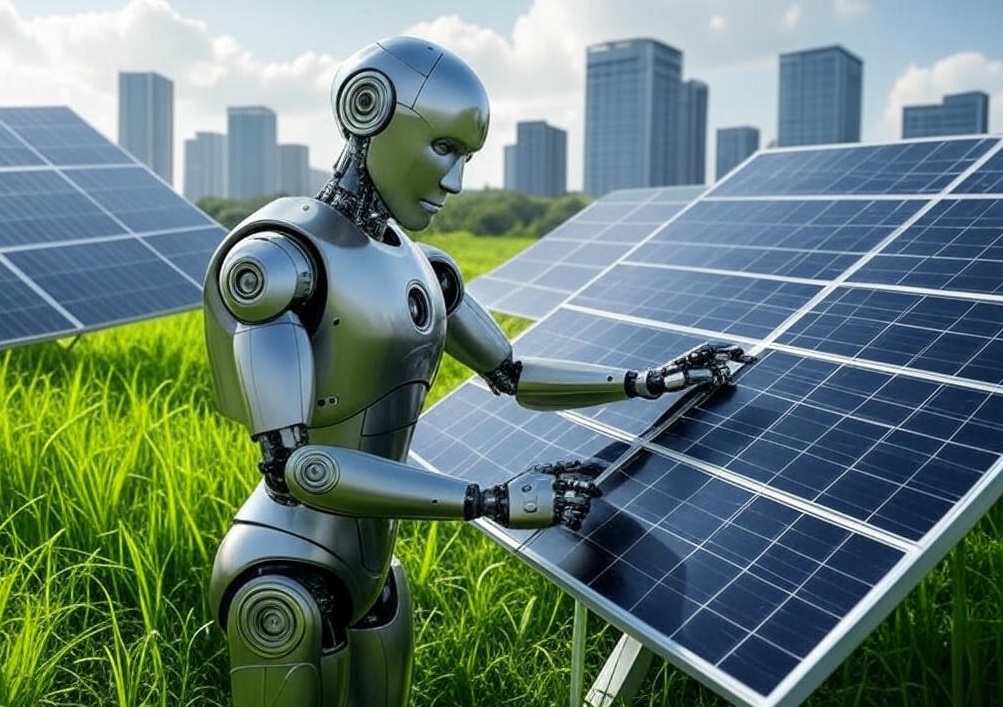
In recent decades, humanity has faced serious environmental challenges such as climate change, pollution, depletion of natural resources, and the mass loss of ecology. Technology, and particularly artificial intelligence (AI), holds tremendous potential in addressing these issues. AI not only aids in collecting and processing large volumes of data but also supports rapid decision-making that benefits environmental protection and sustainable development.
The Role of AI in Environmental Monitoring
One of the most promising areas of AI application in ecology is environmental monitoring. Sensors installed on various devices collect data on air, water, soil quality, and climate changes. Machine learning algorithms process this data to identify patterns, predict pollution risks, and even forecast natural disasters.
AI-based software solutions used in forest resource management help respond more quickly to threats such as wildfires or illegal logging. They analyze data from satellites, surveillance cameras, and sensors to detect potential problems and enable timely intervention.
AI in Combating Climate Change
Climate change is one of the greatest threats to our planet. The effects of global warming are becoming increasingly apparent, and solving this issue effectively requires accurate forecasting and planning. AI enables more precise climate modeling, assessing possible development scenarios and impacts on various ecosystems.
Other applications of AI include optimizing water resource management, monitoring changes in aquatic ecosystems, and finding solutions for sustainable agriculture.
AI for the Protection of Natural Resources
Another important direction is using AI to protect biodiversity and natural resources. Drones equipped with sensors and satellite imagery allow for tracking the state of flora and fauna, as well as detecting violations such as poaching or illegal mining.
AI also helps assess the impact of human activity on ecosystems, identify potential threats to their existence, and develop strategies to minimize harm. For example, AI can be used to monitor populations of rare animal species such as the Amur tiger or polar bear.
The Future of AI in Ecology: Prospects for Sustainable Development
The future of AI in ecology looks very promising. It is expected that AI will be used to tackle new and even more complex environmental issues in the future, such as combating global warming, preserving biodiversity, and ensuring the sustainable use of natural resources.
Integrating AI into green technologies and sustainable economic solutions will help reduce greenhouse gas emissions, increase resource efficiency, and make the planet more resilient for future generations.
Conclusion
Artificial intelligence has enormous potential in solving global environmental problems. From monitoring the environment to developing solutions to fight climate change, AI is already actively helping protect our planet. Continued investment in the development of this technology will be a crucial step toward ensuring a sustainable future for the entire Earth.
